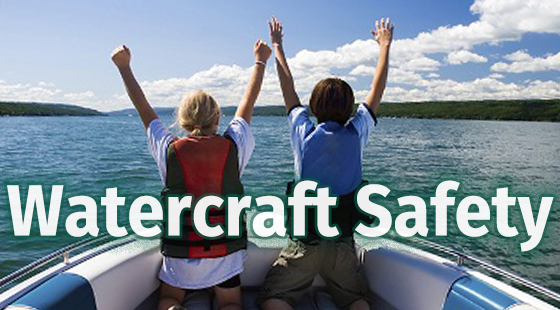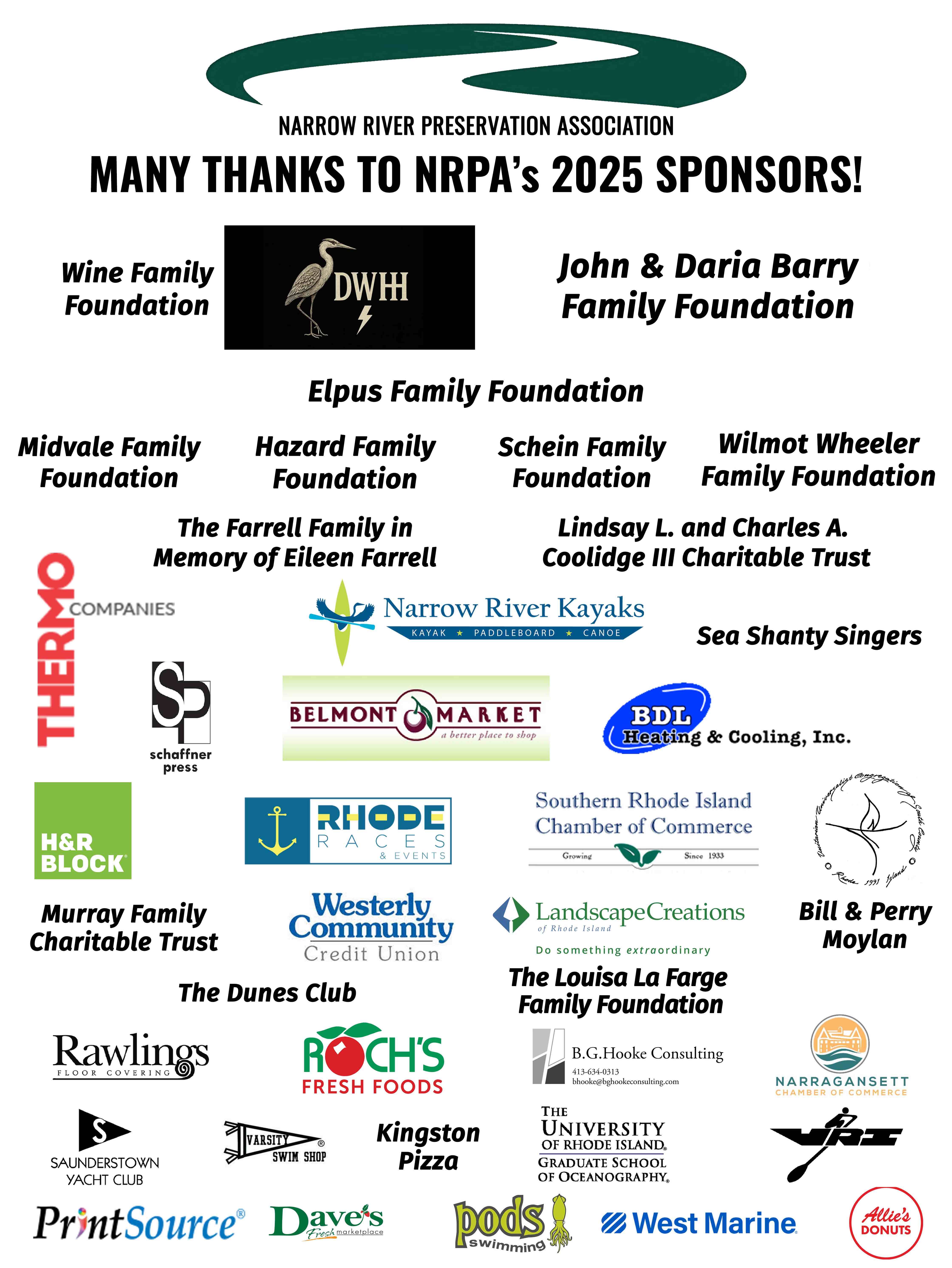July 2017
Throughout May and June 2017, more than 200 volunteers planted salt marsh grass seedlings in the lower Narrow River, completing a multi-year plan to restore the area. Under the guidance of the US Fish and Wildlife Service (USFWS), volunteers of all ages removed salt marsh grass plugs from the trays in which they had been growing all winter long, loosened the roots, and tucked them into evenly spaced holes in areas of the marsh that had been raised in the dredging and elevation stage of the project that was completed in January 2017.
NRPA coordinated volunteer scheduling with Ben Gaspar, Biological Technician with USFWS, who provided training and onsite supervision. The collaboration resulted in the successful planting of all 35,000 salt marsh grass plugs. Gaspar reflects “It was wonderful to engage all different ages from the community in a very hands on way. The repeat volunteers and smiling faces at the end of plantings made it very worthwhile to facilitate the nature connection to the marsh.”
Volunteers included Narrow River Watershed residents, kayakers, fly fishers and others who care deeply for this valuable resource. Groups such as Lila Delman Real Estate, Fuss and O’Neill, Inc, Rhode Island Saltwater Anglers Association’s Kayak and Fly Fishing Committees, and the URI Men’s Rowing Team demonstrated their commitment to the river by helping to plant. Student groups from URI, Compass School, Meadowbrook Waldorf School, EnrichRI homeschool group, and more than 35 students and teachers from South Kingstown High School all brought their energy and enthusiasm to the planting.
 Many volunteers expressed their appreciation for the opportunity to be a part of the restoration and health of the salt marshes. The collaboration of NRPA and USFWS for this stage of the project was a continuation of the cooperative joint effort of many entities throughout the restoration project, which included participation from Save the Bay, the Town of Narragansett, and the RI Coastal Resources Management Council. Over the next few years, USFWS will be monitoring the restored marshes and reporting on the longterm success of the project.
Many volunteers expressed their appreciation for the opportunity to be a part of the restoration and health of the salt marshes. The collaboration of NRPA and USFWS for this stage of the project was a continuation of the cooperative joint effort of many entities throughout the restoration project, which included participation from Save the Bay, the Town of Narragansett, and the RI Coastal Resources Management Council. Over the next few years, USFWS will be monitoring the restored marshes and reporting on the longterm success of the project.






